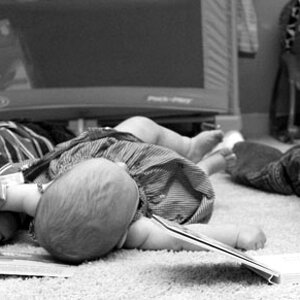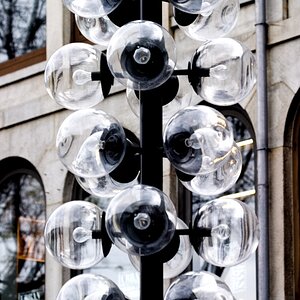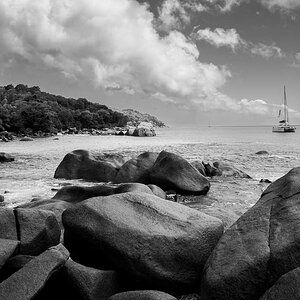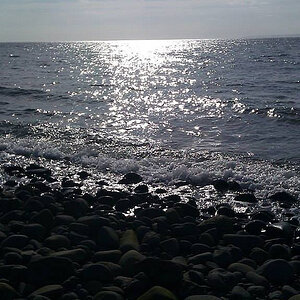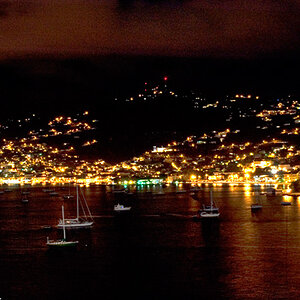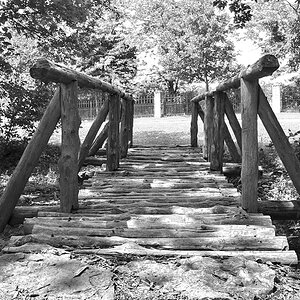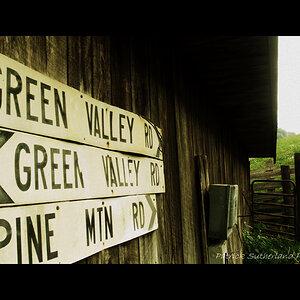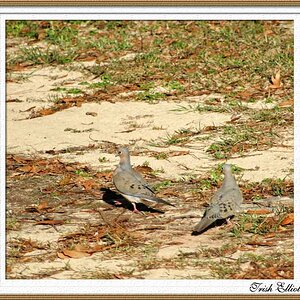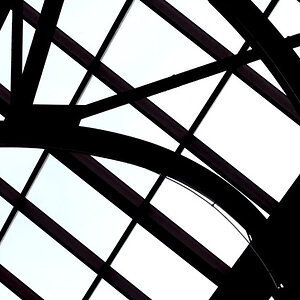Navigation
Install the app
How to install the app on iOS
Follow along with the video below to see how to install our site as a web app on your home screen.

Note: This feature currently requires accessing the site using the built-in Safari browser.
More options
You are using an out of date browser. It may not display this or other websites correctly.
You should upgrade or use an alternative browser.
You should upgrade or use an alternative browser.
18-55mm but not wide angle?
- Thread starter divided
- Start date
jstuedle
No longer a newbie, moving up!
- Joined
- Jun 30, 2005
- Messages
- 4,889
- Reaction score
- 15
- Location
- S.E. Indiana
- Website
- www.picture-daddy.com
- Can others edit my Photos
- Photos NOT OK to edit
A fisheye lens has a unique distortion that is typical to that type of lens. Many fisheye lenses have a circular image with the corners of the frame blacked out. A wide angle lens is manufactured to reduce or eliminate this distortion to the best of the makers ability. OTOH, kit lenses are made to be inexpensive, so a lot of corners are cut to make it as cheaply as possible. At extreme ends of there zoom range, often distortion is seen,. But nowhere near what could be called fisheye distortion at the wide end.
JIP
No longer a newbie, moving up!
Yes the "fish eye" effect starts at 16 or even 14.
- Joined
- Dec 16, 2003
- Messages
- 33,896
- Reaction score
- 1,853
- Location
- Edmonton
- Website
- www.mikehodson.ca
- Can others edit my Photos
- Photos NOT OK to edit
The 18-5mm lens (and others like it) are designed for digital SLR camera that have a sensor which is smaller than a frame of 35mm film.
When you think of 18mm as 'really wide' that is true...on 35mm film cameras, which have been the standard for many years. Today, most DLSR cameras have sensors that are slightly smaller, which results in a crop of the field of view...which gives us the 'crop factor'. On most Canon DSLR cameras, the crop factor is 1.6. So when you use a 50mm lens, the FOV is 'cropped'...and you get the same FOV as an 80mm lens would have on a film camera. So 18mm on these cameras, really only has the FOV that you would expect from 28mm on a film camera...which isn't really very wide.
If you want a really wide angle, you need something like the Canon 10-22mm lens.
You can still use 'fish eye' lenses...but the edges of the image through the lens would be 'cropped'...so you loose a lot of the effect. I beleive that Sigma has a 10mm fish-eye, which would work on these 'crop cameras'.
When you think of 18mm as 'really wide' that is true...on 35mm film cameras, which have been the standard for many years. Today, most DLSR cameras have sensors that are slightly smaller, which results in a crop of the field of view...which gives us the 'crop factor'. On most Canon DSLR cameras, the crop factor is 1.6. So when you use a 50mm lens, the FOV is 'cropped'...and you get the same FOV as an 80mm lens would have on a film camera. So 18mm on these cameras, really only has the FOV that you would expect from 28mm on a film camera...which isn't really very wide.
If you want a really wide angle, you need something like the Canon 10-22mm lens.
You can still use 'fish eye' lenses...but the edges of the image through the lens would be 'cropped'...so you loose a lot of the effect. I beleive that Sigma has a 10mm fish-eye, which would work on these 'crop cameras'.
The 18-5mm lens (and others like it) are designed for digital SLR camera that have a sensor which is smaller than a frame of 35mm film.
When you think of 18mm as 'really wide' that is true...on 35mm film cameras, which have been the standard for many years. Today, most DLSR cameras have sensors that are slightly smaller, which results in a crop of the field of view...which gives us the 'crop factor'. On most Canon DSLR cameras, the crop factor is 1.6. So when you use a 50mm lens, the FOV is 'cropped'...and you get the same FOV as an 80mm lens would have on a film camera. So 18mm on these cameras, really only has the FOV that you would expect from 28mm on a film camera...which isn't really very wide.
If you want a really wide angle, you need something like the Canon 10-22mm lens.
You can still use 'fish eye' lenses...but the edges of the image through the lens would be 'cropped'...so you loose a lot of the effect. I beleive that Sigma has a 10mm fish-eye, which would work on these 'crop cameras'.
Thanks for the explanation, that explains what i was looking for!
GwagDesigns
TPF Noob!
- Joined
- Jun 11, 2007
- Messages
- 173
- Reaction score
- 9
- Location
- Washington
- Website
- www.gwagdesigns.com
- Can others edit my Photos
- Photos NOT OK to edit
Heres Sigma's 8mm fisheye, f/3.5 EX DG for cannon, it can be yours for only $680 http://www.bhphotovideo.com/c/product/440665-REG/Sigma_485101_8mm_f_3_5_EX_DG.html
_SnapShot_
TPF Noob!
- Joined
- Mar 2, 2007
- Messages
- 36
- Reaction score
- 0
- Can others edit my Photos
- Photos OK to edit
maybe i worded that wrong, so 18mm is considered "wide angle" why is a 18-55mm lens so cheap, yet a fixed lets say 22mm lens so expensive?
Prime lenses like a 22mm are sharper and you pay for that perfection.
Zoom lenses have more variations, but give up a little because they have to be varied focal lengths.
The 22mm is going to be a faster lens also.
The 22mm probably has better construction and more elements.
Most reactions
-
 449
449 -
 286
286 -
 271
271 -
 267
267 -
 215
215 -
 185
185 -
 178
178 -
 176
176 -
 172
172 -
 171
171 -
 162
162 -
 125
125 -
 117
117 -
I
106
-
 94
94
Similar threads
- Replies
- 20
- Views
- 2K
- Replies
- 3
- Views
- 607


